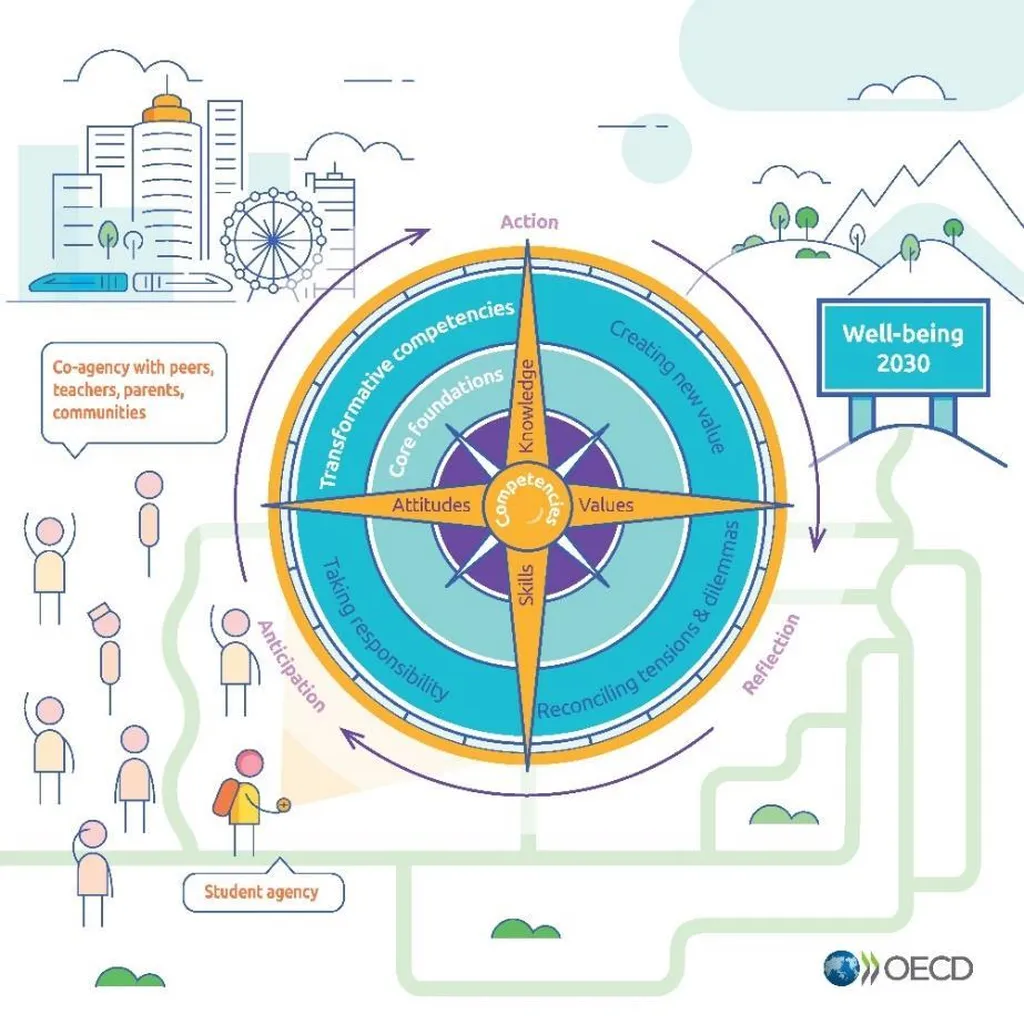In the rapidly evolving world of strategic decision-making, a groundbreaking methodology is emerging that promises to revolutionize how organizations anticipate and respond to trends. Developed by Mabel López Bordao and her team at the Instituto Universitario de Matemática Pura y Aplicada at the Polytechnic University of Valencia, the Defly Compass Trend Analysis Methodology integrates traditional foresight techniques with cutting-edge data processing and artificial intelligence. This hybrid approach is set to transform industries, including the energy sector, by providing a more robust framework for trend detection and strategic planning.
The methodology addresses a critical challenge in today’s data-driven world: the ability to analyze vast volumes of information while preserving the nuanced insights of experts. “We wanted to create a tool that could handle the sheer volume of data available today, but also ensure that expert knowledge was not lost in the process,” explains López Bordao. The result is a four-phase process that combines computational analysis with expert validation, leveraging tools like Voyant Tools and NotebookLM for semantic and statistical exploration.
At the heart of this methodology is the Defly Compass tool, a natural language processing (NLP) tool based on semantic projections. This tool enables the systematic identification and analysis of trends across diverse sectors. “The Defly Compass allows us to quantify trend detection, making it adaptable to various contexts and ensuring that our findings are both conceptual and quantifiable,” says López Bordao.
The implications for the energy sector are significant. As the industry grapples with the transition to renewable energy, digital infrastructure, and data integration, having a reliable method to detect and analyze trends can be a game-changer. The methodology’s ability to identify universal trends such as digital infrastructure and equity can help energy companies make more informed strategic decisions, ultimately driving innovation and sustainability.
The research, published in the journal ‘Information’ (which translates to ‘Information’ in English), highlights the versatility of the Defly Compass Trend Analysis Methodology. Through comparative case studies in agriculture, education, and public health, the team identified key patterns within and across sectors. This cross-domain validation underscores the methodology’s potential to be applied in various industries, including energy.
One of the most compelling aspects of this research is its accessibility. Designed for small, non-specialized teams, the methodology enables organizations to combine computational tools with expert knowledge, even without extensive resources. “We wanted to democratize trend analysis, making it accessible to teams of all sizes and expertise levels,” López Bordao notes.
As the energy sector continues to evolve, the ability to anticipate and respond to trends will be crucial. The Defly Compass Trend Analysis Methodology offers a promising solution, providing a structured yet flexible approach to trend detection and strategic decision-making. By integrating advanced data processing with expert insight, this methodology could shape the future of strategic planning, not just in energy but across numerous industries.
In a world where data is abundant but insights are scarce, the Defly Compass Trend Analysis Methodology stands out as a beacon of innovation. As López Bordao and her team continue to refine and apply this methodology, its impact on strategic decision-making is poised to grow, offering new opportunities for organizations to navigate the complexities of an ever-changing landscape.

